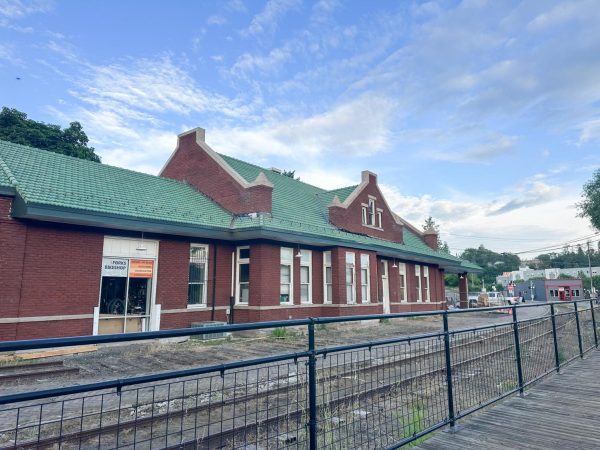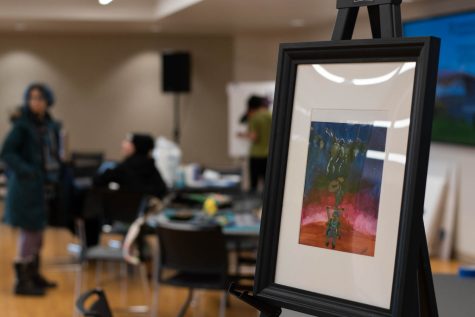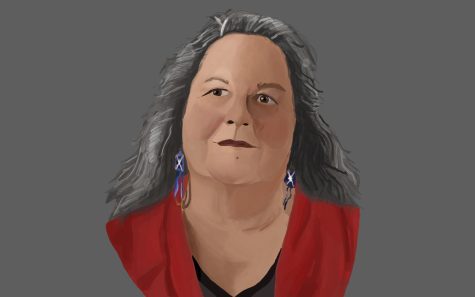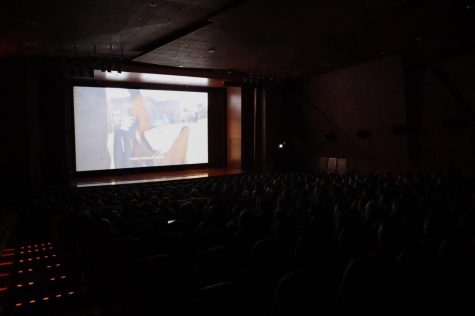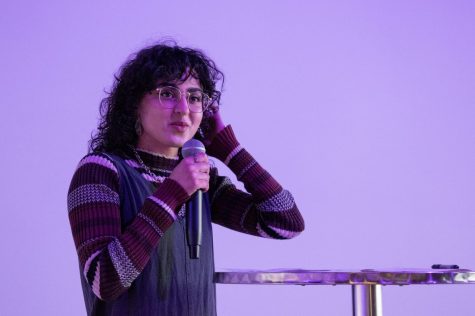WSU’s permanent art collection
February 27, 2017
WSU’s Museum of Art collections will move up from the fourth floor vault to the current museum when the new Jordan Schnitzer Museum of Art expansion opens in 2018 across the Glenn Terrell Mall from Martin Stadium.
Curator Ryan Hardesty said he feels the department has grown out of the space of the current building.
“We’ve managed to do a lot with the gallery we currently have, but we want to expand to show more diverse artwork,” Hardesty said. “At times, we’ve felt a little tucked away at our current location.”
Some of the works in the permanent collection include prints and photographs by Andy Warhol and original prints by Jim Dine, according to the Museum of Art website. The permanent collection is currently unable to be displayed to the public due to the small amount of space in the vault in the Fine Arts Center.
“We have around 3,500 pieces, mainly consisting of 2D pieces,” Hardesty said.
After being restricted to a single gallery space since the 1970s, the museum is able to follow the dreams of presidents over the years, starting with Ernest Holland and Wilson Compton, said Anna Shannon, interim associate director of the museum.
“We’ve always wanted to use the items in the vault for students to interact with,” she said.
Shannon said one dream was to utilize the artwork in the permanent collection as a way of teaching classes in certain disciplines.
“Museums are becoming a place where students can come and learn about their disciplines in a way that is fun to them,” Marketing and Public Relations Manager Debby Stinson said.
Existing separately from the Fine Arts Center, Stinson said the museum is a non-academic unit for the entire university and that every academic department has a part in what they do for the gallery space.
“[The] reason it was set up that way is because we chose to be a non-academic unit to serve the entire campus through art,” Stinson said.
Hardesty said the opening day isn’t on a solid timeline, but will be after the grand opening of the new Jordan Schnitzer Museum of Art.
“Our vision for the future,” Shannon said, “is that we bring in a multitude of artists.”





